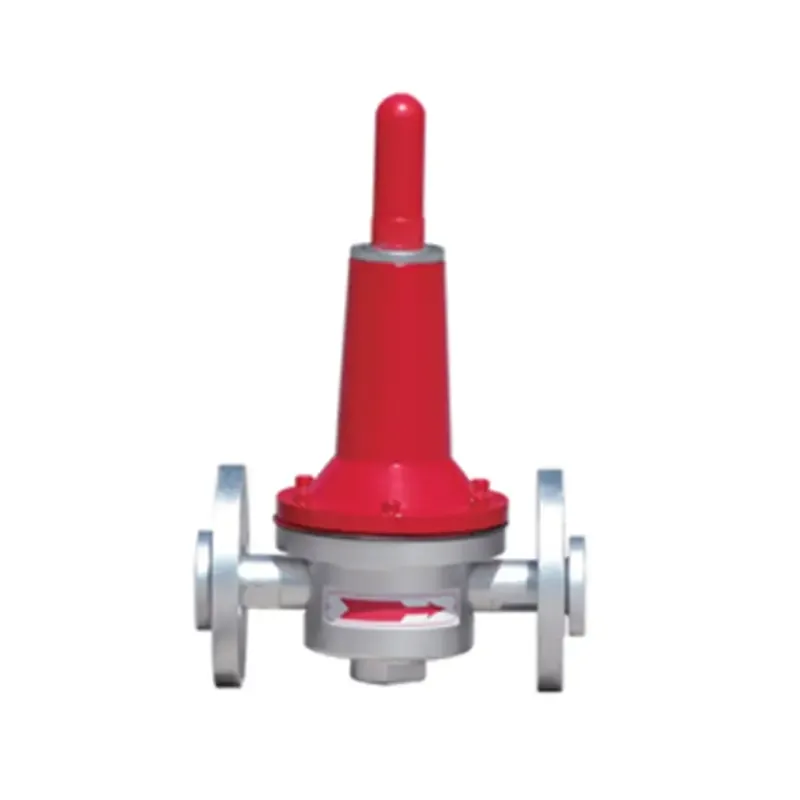
Sep . 06, 2024 00:38
Back to list
Pneumatic Valves - Efficient Control Solutions for Fluid Power Systems
Understanding Pneumatic Valves Essential Components in Fluid Control
Pneumatic valves are critical components in industrial automation, serving as the gatekeepers of compressed air systems. Their primary function is to control the flow and pressure of air or gas, making them indispensable in various applications, from manufacturing to packaging and even in the automotive industry. Understanding how these valves work and their significance can provide insights into efficient fluid control and automation processes.
At its core, a pneumatic valve operates by using compressed air to either open or close a passage, allowing or restricting the flow of air or gas. The basic types of pneumatic valves include solenoid valves, manual valves, and throttle valves. Solenoid valves are electrically operated, offering quick response times and precision control, while manual valves require human intervention and are often used in simpler systems. Throttle valves, on the other hand, regulate flow rates, allowing for adjustments as needed.
One of the standout features of pneumatic valves is their versatility. They can be configured in various ways to accommodate different control schemes, such as single-acting or double-acting cylinders. Depending on the application, a pneumatic system might require a normally closed or normally open valve, influencing how air flows through the system. This flexibility makes pneumatic valves suitable for a broad range of industrial tasks, including actuating machinery, controlling assembly line processes, and managing safety systems.
pneumatic valve

The efficiency of a pneumatic valve is often measured by its flow coefficient (Cv), which indicates how much air can pass through the valve under specific pressure conditions. Selecting the right valve based on this metric is essential for optimizing system performance. Additionally, factors such as ambient temperature, pressure variations, and the medium being controlled also play a crucial role in valve selection.
Maintenance is another critical aspect of using pneumatic valves. Regular inspection and cleaning can prolong the lifespan of these components and ensure that systems operate smoothly. Common issues include wear and tear from continuous operation, which can lead to leaks or failures. Addressing these issues proactively can prevent costly downtime in industrial operations.
In conclusion, pneumatic valves are vital for the functionality and efficiency of automated systems. As industries continue to evolve towards increased automation and precision, the demand for reliable and effective pneumatic valves will only grow. Understanding their operation and significance can lead to better decision-making in fluid control applications, enhancing overall productivity.
Latest news
-
Safety Valve Spring-Loaded Design Overpressure ProtectionNewsJul.25,2025
-
Precision Voltage Regulator AC5 Accuracy Grade PerformanceNewsJul.25,2025
-
Natural Gas Pressure Regulating Skid Industrial Pipeline ApplicationsNewsJul.25,2025
-
Natural Gas Filter Stainless Steel Mesh Element DesignNewsJul.25,2025
-
Gas Pressure Regulator Valve Direct-Acting Spring-Loaded DesignNewsJul.25,2025
-
Decompression Equipment Multi-Stage Heat Exchange System DesignNewsJul.25,2025

